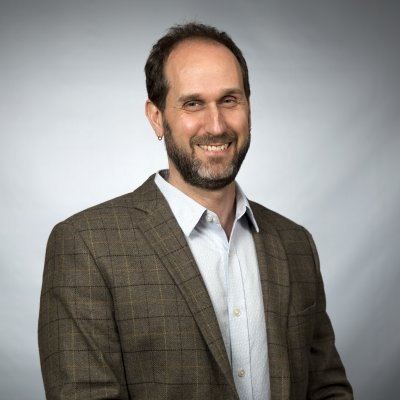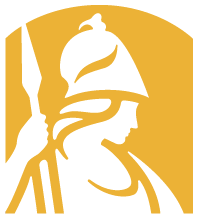
PhD, Yale University, 2005
About
Dr. Robert Rosenswig's research focuses on the emergence of sociopolitical complexity and the development of agriculture in Mesoamerica. Archaeologists are unique among social scientists as they possess data stretching back over millennia of humanity's past. How and why did complex societies (dependent on agriculture) evolve from the egalitarian hunter-gatherers that constitute 99% of human history? In order to explore these fundamental questions, Dr. Rosenswig conducts fieldwork in two areas of Mesoamerica: the Soconusco region of southern Mexico and northern Belize.
The Soconusco, a section of the Pacific coast that spans the modern border of Chiapas and Guatemala, is where some of the earliest ceramic-use, settled life and social complexity are documented in Mesoamerica. Dr. Rosenswig began the Soconusco Formative Project in 2001 to explore the long-term local processes of agricultural origins and the development of social stratification. This research has interpreted developments in the Soconusco in relation to the type and intensity of interaction that local elites maintained with their counterparts on Mexico's Gulf Coast. The next stage of research in the Soconusco focuses on Middle and Late Formative (1000 BC – 100 AD) nearby regional capital of Izapa. The Izapa Regional Settlement Project was initiated in 2011 and has documented that the ancient kingdom of Izapa was formed by a network of urban centres set up according to the same design principles. The capital city of Izapa, with hundreds of elaborately carved stone sculptures, has long been known but our research reveals the entire ancient kingdom for the first time, complete with its extents and internal organization. This was accomplished by mapping of over 600 sq km using areal lidar (light detection and ranging) technology then undertaking pedestrian survey to ground-truth the Prehispanic mounds that formed the political and administrative core of political centers.
In contrast to the Soconusco, the inhabitants of northern Belize were some of the last people in Mesoamerica to begin using ceramics, live in settled villages and develop complex social organization. During the final millennium of the Archaic Period (8000-1000 BC), the inhabitants of northern Belize lived alongside the Early Formative period (1900-1000 BC) ceramic-using villagers who occupied most other parts of Mesoamerica. The coexistence of groups with such different adaptations demonstrates that the origins of sedentary village life and the use of ceramics was not a universal development across all Mesoamerica. Instead, the inhabitants of northern Belize maintained their Archaic adaptation (i.e., as non-sedentary and non-ceramic using horticulturalists) longer than did their neighbors in other areas of Mesoamerica. Dr. Rosenswig’s current project in Belize was initiated in 2019 to investigate the interrelated processes of food production, climate change and hunter-gather adaptation from 4000-1000 BC. Research focuses on the "4.2 ka BP event" that caused three centuries of climate disturbance world-wide between 4200 and 3900 years ago. Evidence of human settlement patterns and diet from before, during and after this period are being used to evaluate paleoecological evidence of changing species availability and the extent of anthropogenic disturbance through the use of fire.
Two recent publications by Dr. Rosenswig include:
Rosenswig, Robert M. 2021. Reconstructing Sovereignty on Ancient Mesoamerica’s southern Pacific Coast. American Anthropologist 123(2):370–388. DOI: 10.1111/aman.13566
Rosenswig, Robert M. and Antonio Martínez Tuñón 2020. Least Cost Path Analysis of Changing Olmec Trade Routes. Journal of Archaeological Science 118 (June):105146.


